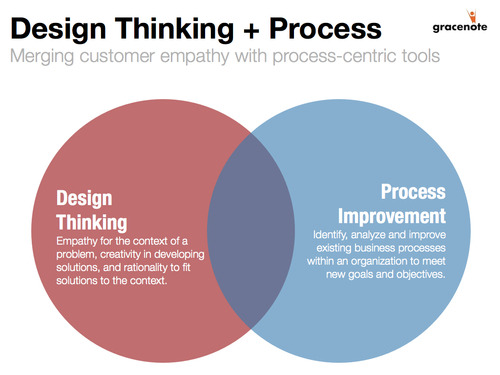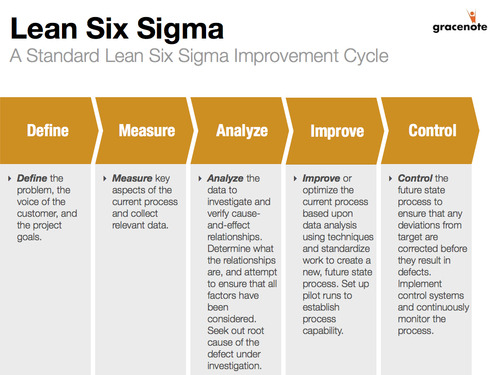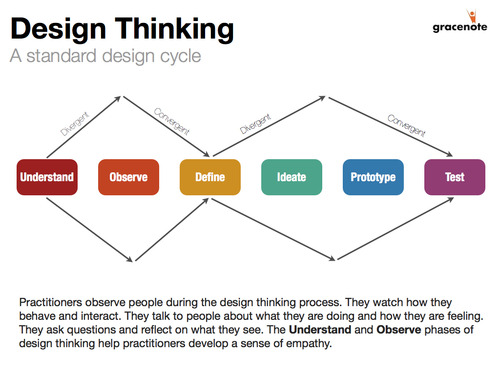Delivering Customer Happiness
In the past year a trend has emerged that is re-shaping the way people think about process improvement. Progressive companies are combining traditional Lean Six Sigma process improvement techniques with an emphasis on design. The result is processes, products and services that are more human-centric and enjoyable for those who use them.
Enterprise business processes and tools are at an important crossroads. There is a significant and growing difference between the effective, simple and intuitive use of technology and process that we have come to expect and our actual experience. Most of us use smartphones and tablet computers in ways that we would never have imagined several years ago. The success of companies such as Apple, Amazon, Google, and Zappos has more and more business leaders focused on the importance of good design and customer delight. How many times have you had a less than ideal interaction with your bank or cable company and wished it was more like what you’ve come to expect at the Apple store?
What we think about our interaction with an organization’s products and services is also more important to businesses due to the rise of social media. Social media brings a whole new level of transparency to what consumers are thinking and feeling about a brand. According to Gartner, people are increasingly likely to share their feedback with friends via social media.

Lean Six Sigma process improvement often improves quality by making processes more efficient, by removing waste, and more predictable, by reducing variation. Although process improvement seeks to capture the “voice of the customer” it tends to lack deeper examination, understanding and empathy for customer needs and desires. This is where design thinking comes into play. Design thinking brings a fresh approach and new tools that drive customer understanding.

Comparing Design Thinking and Lean Six Sigma
The typical Lean Six Sigma improvement cycle and the typical design thinking design cycle are depicted below. Most Lean Six Sigma practitioners follow the five phase DMAIC process. In DMAIC, the Define and Measure phases are similar to the Understand, Observe and Define phases of design thinking. While Lean Six Sigma pros emphasize measurement in these phases, design thinking pros add more qualitative research upfront to create empathy for the customer and drive a deeper level of customer understanding. In design thinking, practitioners observe people. They watch how they behave and interact. They talk to people about what they are doing and how they are feeling. They ask questions and reflect on what they see. The Understand and Observe phases of design thinking help practitioners develop a sense of empathy.


The combination of these two approaches and ways of thinking can bring significant benefits. Process-centric tools combined with deep customer empathy can lead to processes that are better designed and more enjoyable to use. A better understanding of customer needs can help Lean Six Sigma pros balance goals to drive efficiency and remove waste with the need to drive enjoyable interactions that improve customer loyalty over the long term.
Design thinking can also benefit from the discipline and structure that Lean Six Sigma provides. Business process pros emphasize the ongoing quantitative measurement of processes and the introduction of controls to help ensure consistency. These techniques help ensure that a well-designed process continues to perform well and delight customers.
As this trend gains momentum, we’ll continue to see strategies for using design to drive new and innovative approaches to optimizing and transforming business processes. Is your organization one of the many embracing design thinking and sending practitioners to programs such as Stanford’s d.school? Are you noticing more and more Lean Six Sigma and Business Process Management practitioners who emphasize design? Let us know what’s working in your workplace.




Would the same person do both roles?